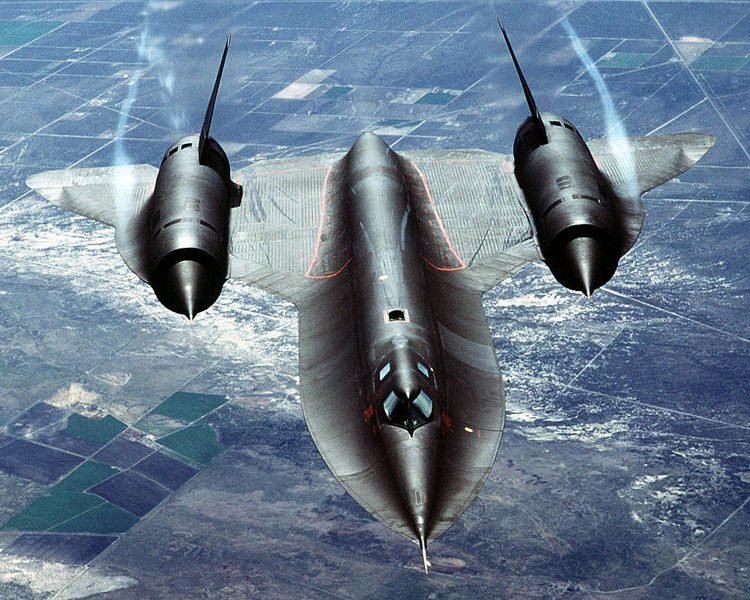I received some questions about aerodynamics. In this post I will give an introduction to this physics branch and answer the questions.
Forces during flight
The four forces of aerodynamics are: weight, lift, drag and thrust.

Weight is the force due to gravity, whose formula is displayed below. m is object`s mass and g is gravity acceleration.
P=m\cdot g
The drag is an opposition force to object moving in a liquid or gas. Drag force F_d is calculated in this way:
F_d=\frac{1}{2}C_{d}\cdot \rho Av^{2}
- C_{d} is drag coefficient.
- \rho is density of liquid or gas.
- A is the effective frontal area of object.
- v is object speed in relation to the fluid.
Equation above shows that higher the speed and frontal area in contact with air, bigger the drag. Density also is directly proportional to this force. It is because of that when the airplane lands, flaps are extended to increase frontal area in contact with air, increasing drag.

Thrust is the propulsion force which must be bigger than drag to airplane moves and takes off.
Lift force
Lift force must be equal or bigger than weight to aircraft keeps in the air. How the airplane takes off? Wings have airfoil shape. The fluid has a tendency to follow curvature of surface, it is the Coandă effect. In the top of airfoil, the pressure is lower when gets close to wing due to curvature. While in bottom part, pressure increases when gets close to wing for the same reason. Airfoil redirects air to bottom forming an angle.

This is the formula of lift force F_{l}.
F_{L}=C_{L}\cdot \frac{1}{2}\rho\cdot v^{2}S
- C_{L} is lift coefficient.
- \rho is fluid or gas density.
- v is the relative speed fluid in relation to wing.
- S is the wing surface area.
Exist three ways to increase lift force: Increase airplane speed, wing area and attack angle. When the commercial plane takes off, flaps and slats are extended to increase attack angle and wing area.

However, there is a limit to attack angle. If angle is too big, will appear turbulences, creating an effect called stall, which cancels lift force. The angle attack limit is 15°.

Due to angle limit, only during landing flaps are extended to maximum angle.

Air density
Density is mass divided per volume unit. The density of dry air \rho_{d} is calculated in this way.
\rho_{d}=\frac{PM}{RT}
- When higher the pressure P, bigger the density.
- When higher the temperature in T in kelvin (K), lower the density and vice-versa.
- R is general constant of air, values 286.9 J/kg\cdot K.
- M is air’s molar mass, which is 28.97 g/mol.
When higher the altitude, lower the pressure, then lower density. Moisture is quantity of steam in air, this is the equation of air density with moisture \rho_{m}.
\rho_{m}=\frac{P_dM_d}{R_dT}+\frac{P_sM_s}{R_sT}
- In first fraction, there are pressure P_d, molar mass M_d and general constant of dry air R_d.
- In second fraction, the parameters are: pressure P_s, molar mass M_s and steam’s general constant R_s. M_s and R_s are 18,02 g/mol e 461,49 J/kg\cdot K respectivamente.
The object’s speed don’t change air density. But air density influence on aerodynamics. Lower the density, lower drag and aircraft can go faster without increase power.


